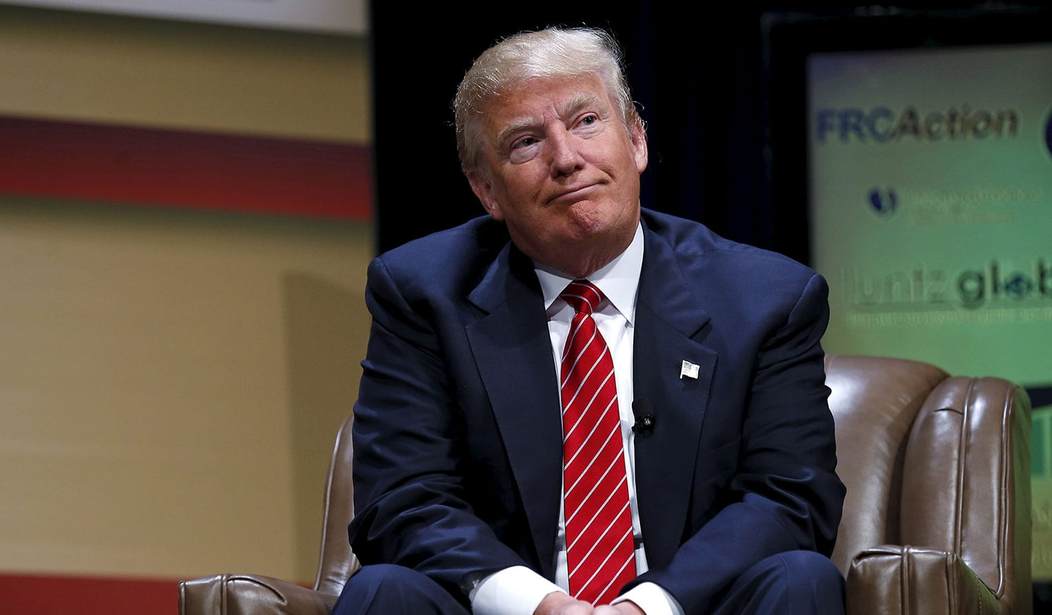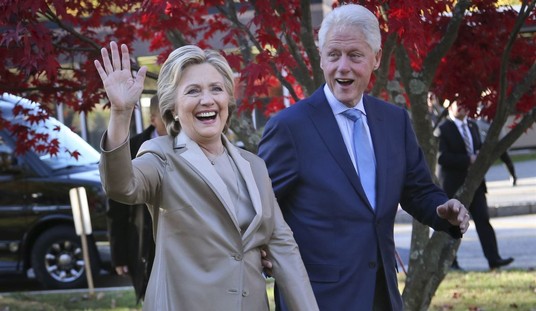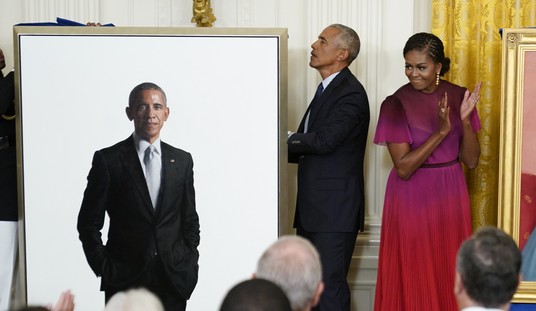On Friday, President Donald Trump said Robert E. Lee was a “great general.” Trump didn’t praise the Confederacy — his point was to emphasize the importance of Union General Ulysses S. Grant, who thought outside the box to finally defeat Lee, who as Trump said was “winning battle after battle.” Even so, the Southern Poverty Law Center (SPLC) jumped on Trump’s comments, even going so far as to declare that Jim Crow segregation is still alive and well today.
“Robert E. Lee was a slaveholder who led an armed rebellion against the United States to keep people enslaved,” SPLC Intelligence Project director Heidi Beirich declared in a statement. “By praising him, President Trump is making a direct appeal to the politics of resentment.”
Then Beirich said something new, even for the SPLC. “This is the kind of revisionist history that has kept Jim Crow alive in the South for more than 150 years,” she added. “There is no reason to praise a Confederate general at a political rally other than to fan the flames of hate.”
Besides the first statement, everything in Beirich’s statement was flat-out wrong. Trump did not “praise” Lee — he acknowledged that Lee was a “great general,” which is historically true. Lee did win “battle after battle,” keeping the Confederacy in the war for five years despite the Union’s overwhelming advantages in terms of money, population, infrastructure, and more. Lee’s success was nothing short of astounding.
Furthermore, Trump was not “fanning the flames of hate” in “praising” Lee. In fact, the president only mentioned Lee in order to praise Grant. President Abraham Lincoln “had all of his generals, they looked great, they were the top of their class at West Point,” the president noted. “They were the greatest people. There’s only one problem — they didn’t know how the hell to win.”
Trump noted that Grant had a drinking problem, but he “knocked the hell out of everyone.” The president said, “Man was he a good general. And he’s finally being recognized as a great general.”
Trump seized on Grant as a populist hero, who rejected the settled opinion of the elites and won the Civil War by thinking outside the box. Elites may dislike populism, but populism is not itself “hate” or “hateful.” This makes the SPLC attack nothing less than absurd.
Beirich’s most ridiculous claim, however, was the suggestion that the “revisionist history” of the Confederate Lost Cause has “kept Jim Crow alive in the South for more than 150 years.”
I happen to agree with Beirich that the view of the Confederacy as a noble “Lost Cause” is indeed revisionist and false. The 1850s, the decade before the Civil War, were marked by the South’s efforts to expand slavery into the territories, violating long-established precedent (from the Northwest Ordinance of 1787) that the colonies should not be open to slavery. Year after year, the Democrats in the South pushed the envelope. Eventually, Americans in the North and West grew so tired of it, they elected a Republican, Abraham Lincoln.
While the soldiers on both sides fought for their families, the Confederacy started the war over the expansion of slavery, and the Union fought the war to keep the United States together. The “Lost Cause” myth argues that the war wasn’t about slavery, but the very documents declaring secession disprove this idea. The Confederacy had many noble characters, but its central motivation was a horrific, unjust institution.
That said, there is absolutely no justification for the statement that Jim Crow persists into the present day.
Right after the Civil War, the southern states passed “Black Codes,” establishing morally heinous race-based segregation. After Reconstruction, the Union armies left the southern states, and they enacted “Jim Crow” laws, further cementing segregation.
Thanks to the valiant efforts of Civil Rights campaigners like Martin Luther King, Jr., segregation was outlawed in the 1950s and 1960s. The Supreme Court desegregated schools in Brown v. Board of Education (1954), and Congress passed the Civil Rights Act of 1964 and the Voting Rights Act of 1965.
Technically, Jim Crow segregation lasted for 88 years, from 1877 to 1965. How did the SPLC get to “more than 150 years”?
Historians could make the case that “Jim Crow” segregation started with the Black Codes in 1865 and 1866. This is a somewhat ironic claim, since southern states used the term “Jim Crow” to avoid connections with the Black Codes. If so, Jim Crow lasted 100 years, not “more than 150.”
Only by twisting “Jim Crow” to include the Black Codes and by suggesting that this kind of segregation still exists today could the SPLC get to 150.
The SPLC has promoted Michelle Alexander’s book “The New Jim Crow: Mass Incarceration in the Age of Colorblindness,” which compares the disproportionate jailing of African-Americans to Jim Crow laws mandating racial segregation.
African-Americans do indeed face more hostility from police, but that is hardly the same thing as Jim Crow segregation. Making this claim belittles the Civil Rights Act of 1964 and the Voting Rights Act of 1965, not to mention the hard work of Civil Rights champions like Martin Luther King, Jr.
In his speech on Friday, Trump somewhat flippantly declared that “Abraham Lincoln developed a phobia” of Robert E. Lee. This statement was unbecoming, but it is painfully clear that the SPLC has developed a phobia of Lee, Trump, and the Civil War.
Jim Crow segregation is, thankfully, a thing of the past (although racism still persists in some quarters). Therefore, the SPLC statement seems less a measured declaration of the true impact of the “Lost Cause” myth, and more a knee-jerk reaction to Trump’s “hateful” remarks.
Yes, this is the same SPLC that is trusted by Facebook, Google, Amazon, and others to monitor “hate groups.” Yes, this is the same SPLC that listed middle schools on its Confederate “hate map,” even though its previous “hate map” inspired a terrorist attack in 2012. Yes, this is the same SPLC that paid $3.375 million to a Muslim reformer it branded an “anti-Muslim extremist,” inspiring about 60 organizations to consider defamation lawsuits.
Similar Confederate triggering got an Asian football announcer pulled — because his name was “Robert Lee.” The SPLC itself eventually removed Stonewall Elementary School from its Confederate “hate map” after realizing the school was named after a literal stone wall, not Stonewall Jackson.
The president has “triggered” the SPLC, and in order to blast the president, the SPLC feels the need to descend into farce. Worse, the SPLC remarks are only likely to further exacerbate America’s partisan divisions. The only reason for claiming that Jim Crow segregation is alive today is to fan these flames.
Watch Trump’s remarks below.
Follow the author of this article on Twitter at @Tyler2ONeil.









Join the conversation as a VIP Member